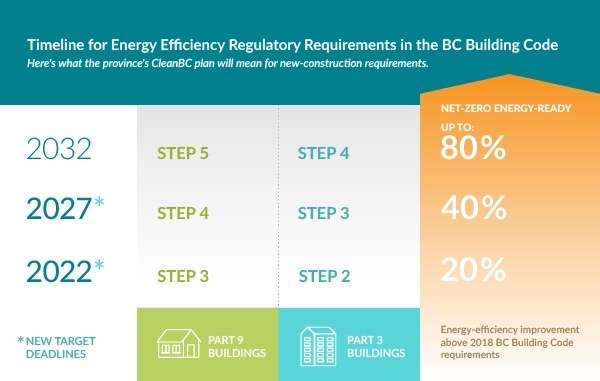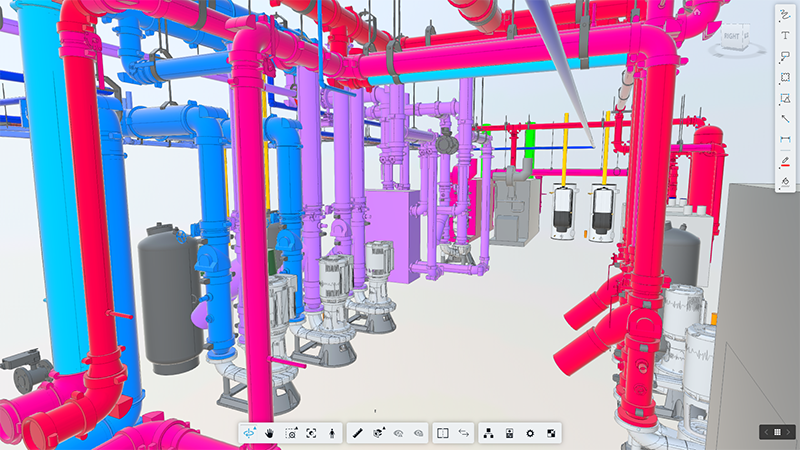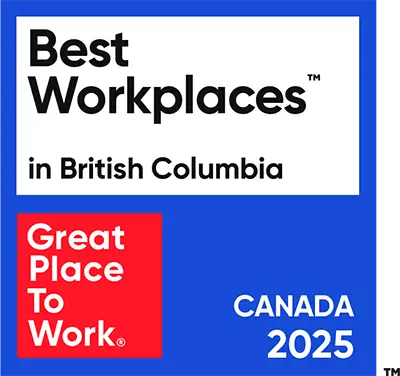Emerging Trends and Challenges in Canadian HVACR
The HVAC/R (Heating, Ventilation, Air Conditioning, and Refrigeration) industry in Canada faces a transformative period, shaped by shifts in regulations, rising environmental standards, and a growing demand for sustainable practices. As British Columbia’s construction industry continues to evolve, HVAC/R companies are adapting to meet changing market needs. Here, we explore the major trends and challenges in Canadian HVACR sector, from regulatory changes to technological innovations.
Regulatory Changes and Policy Shifts.
Canada’s commitment to the Paris Agreement, signed in 2015, continues to guide environmental policies and industry shifts. This has increased pressure on the HVAC/R industry to innovate, especially given the country’s current lag in carbon emissions reduction compared to other G7 nations. One notable policy impacting HVAC/R systems in commercial applications is Canada’s carbon tax, which has placed a financial burden on traditional energy-intensive HVAC solutions, motivating businesses to seek energy-efficient systems.
Government initiatives, like the Greener Homes Initiative and Green Buildings Strategy, aim to drive energy-efficient upgrades. Yet, questions remain about their impact, especially in the building sector. Similarly, Canada’s Net-Zero Energy Ready Building Code envisions a transition to ultra-efficient buildings, though its effect on emissions reduction has been modest to date. For commercial applications, the Clean Technology Investment Tax Credit offers a significant 30% incentive for investments in geothermal and air-source heat pumps, making these systems financially attractive to businesses.

The Refrigerant Transition: Challenges in Alignment.
A key challenge in the HVAC/R industry is the phase-down of high-GWP (Global Warming Potential) refrigerants, especially hydrofluorocarbons (HFCs). Canadian industry players have voiced concerns over Canada’s regulatory approach, which could misalign with the U.S., risking supply chain disruptions and limited product choices. However, Canada’s federal review of its Ozone Depleting Substances and Halocarbon Alternatives Regulation has offered reassurance to the sector.
The adoption of the revised CSA B52 (2023) Mechanical Refrigeration Code across provinces is critical for lowering GWP refrigerant adoption. While many provinces are moving to adopt this code by the end of 2024, current restrictions on A2L refrigerants (like R-32 and R-454B) limit the industry’s ability to shift to environmentally-friendly options. Successful implementation will require extensive training for HVAC/R technicians to safely manage these newer refrigerants, ensuring a smooth transition to lower-impact solutions.

Smart Technology and Industry Innovation.
Smart technology is a key driver of cost savings and innovation in the HVAC/R industry and is a major driver of trends and challenges in Canadian HVACR. Building automation systems, smart thermostats, and IoT-enabled HVAC units allow operators to monitor energy usage in real time, optimizing system efficiency. Smart technology provides HVAC/R companies with new avenues for service differentiation, enabling them to offer predictive maintenance and data-driven insights for clients, thus reducing operational costs.
Digital Design Tool trends and Challenges in Canadian HVACR.
Beyond temperature control, HVAC systems significantly impact indoor air quality (IAQ). A well-designed system ensures proper ventilation, reducing pollutants and allergens while maintaining optimal Advances in digital tools like Software as a Service (SaaS) platforms, Building Information Modeling (BIM), and Virtual Design and Construction (VDC) have revolutionized HVAC/R system design. These tools help contractors optimize energy efficiency and reduce errors during installation, creating a more seamless workflow. BIM and VDC, in particular, enhance collaboration among teams, reduce waste, and enable contractors to stay ahead by offering precise, cost-effective solutions.

Sustainable HVAC Solutions.
Sustainable HVAC is a booming trend as Canadian businesses seek eco-friendly systems. Innovative methods like DeVAP (Desiccant Enhanced Evaporative) cooling are emerging as energy-efficient alternatives to traditional air conditioning. DeVAP cools air using water evaporation while desiccants absorb humidity, delivering a cooling effect similar to conventional AC units but with reduced energy use. Similarly, solar and geothermal systems offer sustainable energy sources, with geothermal systems providing a consistent energy solution for heating and coolin
The Path Forward for Canada’s HVAC/R Industry.
In the coming years, the Canadian HVAC/R sector will face growing demands for sustainable, efficient systems amidst shifting regulations and evolving technologies. Companies that adapt to regulatory changes, leverage smart technology, and embrace sustainable design innovations will be well-positioned to lead the industry forward. As Canada continues its journey toward a greener future, the HVAC/R industry will play a critical role in shaping the country’s sustainable infrastructure.
Contact us today to learn more about how we can assist you in optimizing your HVAC system.









